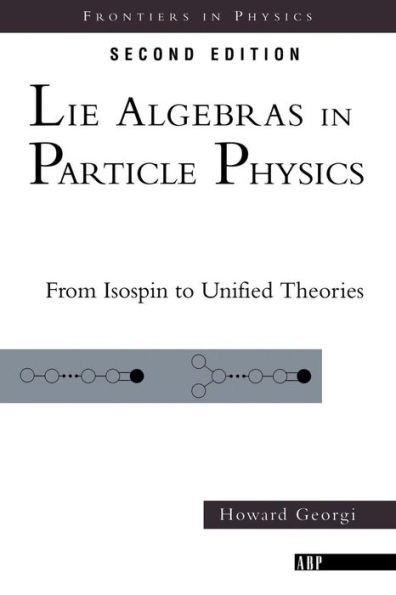In this book, the author convinces that Sir Arthur Stanley Eddington had things a little bit wrong, as least as far as physics is concerned. He explores the theory of groups and Lie algebras and their representations to use group representations as labor-saving tools.
1125863908
Lie Algebras In Particle Physics: from Isospin To Unified Theories
In this book, the author convinces that Sir Arthur Stanley Eddington had things a little bit wrong, as least as far as physics is concerned. He explores the theory of groups and Lie algebras and their representations to use group representations as labor-saving tools.
105.0
Out Of Stock
5
1

Lie Algebras In Particle Physics: from Isospin To Unified Theories
340
Lie Algebras In Particle Physics: from Isospin To Unified Theories
340Related collections and offers
105.0
Out Of Stock

Product Details
| ISBN-13: | 9780738202334 |
|---|---|
| Publisher: | Westview Press |
| Publication date: | 10/22/1999 |
| Series: | Frontiers in Physics , #54 |
| Edition description: | REV |
| Pages: | 340 |
| Product dimensions: | 6.00(w) x 9.00(h) x (d) |
About the Author
From the B&N Reads Blog
